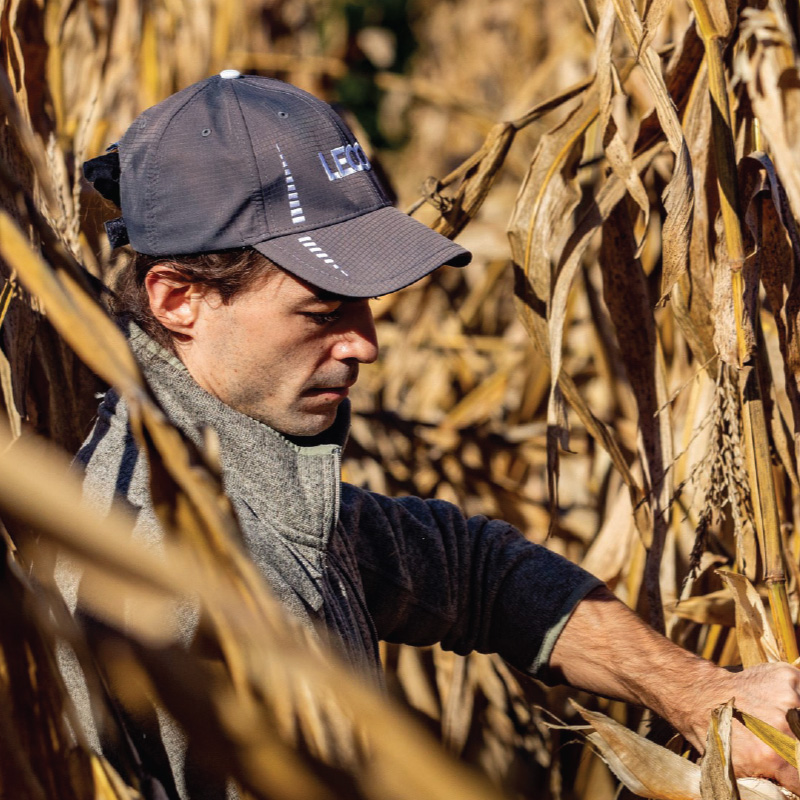Researchers
Dr. Andrew Margenot

Areas of Expertise:
-
Soil Conservation
-
Soil Fertility
-
Nutrient Cycling
-
Soil Health
-
Nutrient Loss Reduction
-
Carbon Sequestration
Associate Professor
University of Illinois Urbana-Champaign
217-300-7059
margenot@illinois.edu
Dr. Margenot took what he learned about soil fertility in East Africa and Latin America earning his PhD at the University of California Davis to the grain cropping systems of the U.S. Midwest, where he now works. Since 2017, he’s been investigating nutrient management and loss mitigation in Illinois corn-soybean systems.
He believes soybeans have the potential to lead the way in conservation across Illinois and the greater Corn/Soybean Belt cropping systems, specifically by serving as a leverage point for introducing conservation practices. It’s this belief that fuels his current work with ISA and Illinois farmers. He directs the Soils Lab at the University of Illinois where he leads a team of 40+ researchers, grad students, and technicians. In addition, Dr. Margenot serves as a technical lead on soil health methods for USDA NRCS and is associate director of the Agroecosystem Sustainability Center at University of Illinois.
Fun Facts!
In his spare time, Dr. Margenot unwinds in his 8,000+ square-foot vegetable garden where he loves growing different heirloom corn to experiment with different flavors of cornmeal. He even tills Drummer by hand and is in search of heirloom soybeans to plant. His 2023 highlight: becoming a dad and introducing his son to soil science early!

